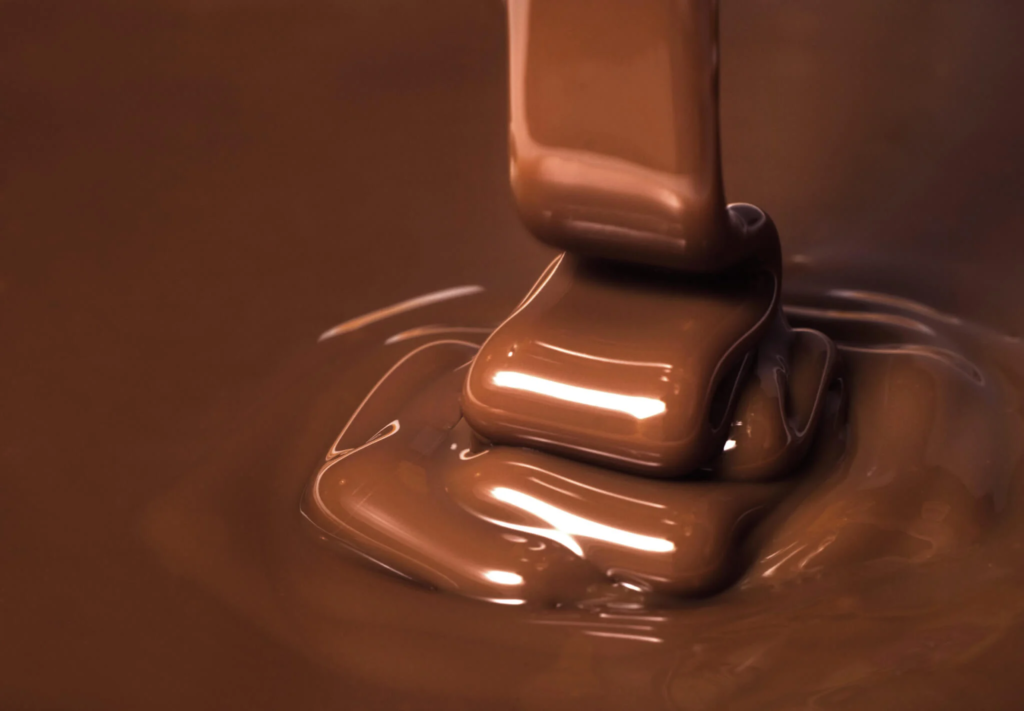
Table of Contents
- Introduction: Where Grammar Meets Ganache
- The Holiday Capitalization Rule: A Quick Grammar Guide
- Sweet Semantics: Why “Holidays” Deserve a Capital H (Sometimes)
- Chocolate & Culture: A Brief History of Holiday Treats
- Grammar Fun Fact #1: The “Seasons” of Syntax
- Grammar Fun Fact #2: Personified Holidays
- From Cocoa Beans to Capital Letters: A Curious Parallel
- Global Chocolate Traditions Worth Tasting
- How to Craft the Perfect Holiday Card (Without a Grammar Blunder)
- Conclusion: Celebrate the Season with Words and Wonders
1. Introduction: Where Grammar Meets Ganache
The holidays are a time of warmth, laughter, and indulgence—but also a time when even the simplest greeting card can stir up grammar debates. Should “holidays” be capitalized? Does “Merry” deserve more than just a cheery tone? At the same time, traditions like sharing chocolate bind cultures across continents. Let’s unwrap both the linguistic delights and the chocolate-coated customs that make this season truly sweet.
2. The Holiday Capitalization Rule: A Quick Grammar Guide
In grammar, capitalization signals importance—names, titles, proper nouns, and festive occasions often earn their capital letters. The basic rule?
- Capitalize: Specific holidays like Christmas, Diwali, Eid al-Fitr, and Hanukkah.
- Don’t capitalize: Generic terms like the holidays unless they are part of a proper noun.
Example: “Wishing you joy this holiday season.” vs. “Join us for our Holiday Gala.”
3. Sweet Semantics: Why “Holidays” Deserve a Capital H (Sometimes)
Context is everything. When “Holidays” becomes part of an official name (like Holiday Sale or Holiday Festival), it’s elevated to proper noun status.
In personal greetings, however, it’s typically lowercase unless stylistic preferences or design choices suggest otherwise.
4. Chocolate & Culture: A Brief History of Holiday Treats
While grammar polishes our holiday prose, chocolate has long sweetened our celebrations. From the Aztec ritual drinks to Victorian-era boxed chocolates, cacao has evolved from sacred substance to a universal symbol of joy. Every culture now has its own version:
- Hot cocoa in North America
- Chocolate y churros in Spain
- Panettone with chocolate chips in Italy
- Chocolate modaks during Indian festive fusions
5. Grammar Fun Fact #1: The “Seasons” of Syntax
Ever noticed how words like Spring, Summer, Fall, and Winter aren’t usually capitalized unless they begin a sentence or are part of a title?
But holidays? Always capitalized when specific.
Compare: “We’re visiting in winter.” vs. “Winter Solstice is a time of reflection.”
6. Grammar Fun Fact #2: Personified Holidays
In literature and marketing, holidays are often personified—think “Santa knows if you’ve been good” or “The Holidays are calling.”
This technique, when combined with capitalization, transforms abstract concepts into warm characters we can connect with.
7. From Cocoa Beans to Capital Letters: A Curious Parallel
Both chocolate and grammar are about precision and pleasure.
- Just as the right percentage of cacao defines the richness of chocolate,
- The right use of capitalization defines the clarity of communication.
And like cocoa recipes passed down through generations, grammatical rules hold deep traditions—adaptable, yet rooted in logic.
8. Global Chocolate Traditions Worth Tasting
Here’s how the world sweetens the season:
- Germany: Chocolate-filled Advent calendars
- Mexico: Champurrado—a chocolate-based atole with cinnamon
- Switzerland: Rich chocolate logs and truffles
- Japan: Chocolate as a key gift during Christmas and Valentine’s Eve
- India: Fusion sweets like chocolate barfi and truffle laddoos during New Year
9. How to Craft the Perfect Holiday Card (Without a Grammar Blunder)
Tips for writing a polished holiday greeting:
- Always capitalize specific holidays: Merry Christmas, Happy Diwali, Joyous Hanukkah
- Use commas after greetings: Dear John,
- Keep titles clear: Wishing You Peace This Holiday Season
- Double-check homophones: peace vs. piece, its vs. it’s
Pro tip: When in doubt, read it out loud. Grammar errors often show up when you listen.
10. Conclusion: Celebrate the Season with Words and Wonders
This holiday season, let joy be your punctuation, chocolate your tradition, and clarity your gift. Capitalize on the moments that matter—whether in grammar or generosity—and remember, the sweetest sentences are those shared with kindness (and a bit of cocoa).

